Market Basket
Interpret the effects of inflation on consumers.
{{searchResultSnippet}}
 Back to All
Back to All
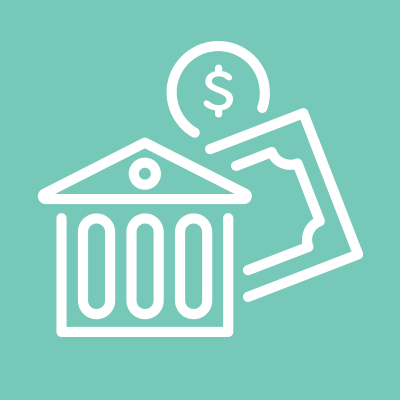
In this video assignment, define inflation, price level and explain the difference between inflation and cost-of-living price increases.
Prices go up. Today an ice cream cone costs two bucks. 50 years ago, that same ice cream cone would have cost 50 cents. What's the difference? Is it tastier? Bigger? No, it's the same. So, why does it cost more today? Inflation. When the price level of goods and services goes up over a period of time, we call that inflation. Inflation makes every dollar you own buy a smaller percentage of a product or service --- like, a hot dog. In the past, one dollar would buy a hot dog. Today, one dollar would only buy you half. Same thing for a car or a haircut. Prices can change for many reasons. Inflation is a unique type of price change. To understand inflation, we first need to understand something called "price level." Price level is the average of the current price of everything sold in our economy overtime. Hotdogs, haircuts, umbrellas, automobiles -- essentially anything that's bought or sold with dollars. Economists keep an eye on the price level because they want the purchasing power of your money to stay stable from year to year. If the price level begins to rise to quickly, central banks like the federal reserve will try to adjust monetary policy in order to slow this advance in prices. Ok, so an increase in prices is always due to inflation, right? Wrong. Let's take a closer look. Imagine an island where the only thing buy is balloons. You've got to use dollars to buy them. Lucky for you, there are two balloons to buy and two dollars in circulation. So, what's the price of the balloons? One dollar each. And if a balloon pops, what's the new price? That price increase isn't an example of inflation, it's a different kind of price change -- change in the cost of living. What's the difference? Well, let's look at another scenario on the same island. Once again, we have two balloons and two dollars, but this time we'll add a central banker who can print money. Changing the amount of money there is to buy balloons will change the price of balloons. So, if the central bank decides to print and add another two dollars -- what does that do to the price of balloons? It doubles to two dollars each. That is inflation. So, where does the Federal Reserve come in? For one thing, because central banks like the Federal Reserve have control over the money circulating in the economy, they can set the price level -- the dollar value of things at whatever level they think is best. But, in the real world, the Federal Reserve Role isn't that straightforward. If prices are going up because there's a shortage in cotton or oil or even balloons, the Federal Reserve's ability to do anything is limited, because it doesn't produce oil or cotton or balloons. It only produces dollars. On the other hand, if prices are going up because there are too many dollars in the system, the Federal Reserve can do something about that. It can adjust its monetary policies to keep the overall price levels steady. That is, from rising or falling over time. See inflation is like, well, it's like tire pressure, when tire pressure gets too low, there's not enough air to cushion the ride. When tire pressure gets too high, you can have a blowout. Either way, if the pressure isn't steady at the proper level, it makes for a bumpy ride, so over time, the right amount of inflation, like study tire pressure lets you go the distance and gives the economy a smoother trip. The Federal Reserve keeps an eye on inflation, so you can keep your eyes on the road. There's still a lot to learn, so check out the resources on our website at frbatlanta.org for a more in-depth look at inflation and other topics

Market Basket
Interpret the effects of inflation on consumers.
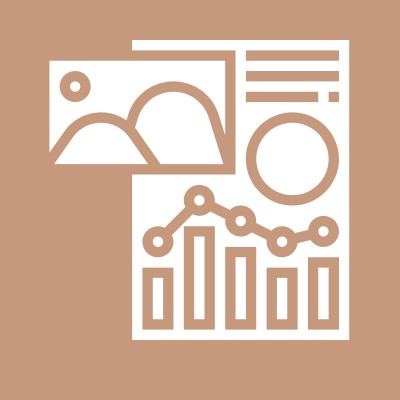
Infographic Posters
Browse infographics for your classroom.
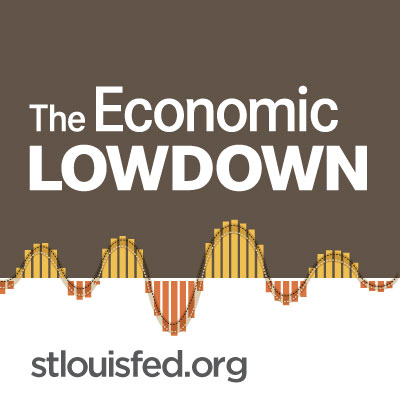
Econ Lowdown Podcast Series
21 Economics audio assignments for your classroom
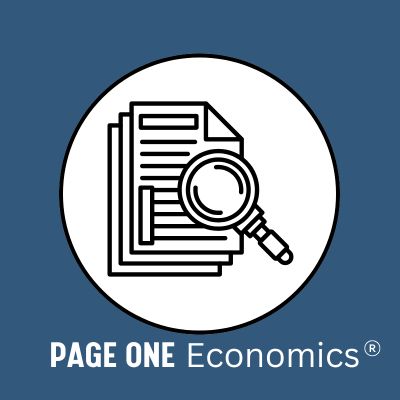
Beyond Inflation Numbers: Shrinkflation and Skimpflation
Define shrinkflation and skimpflation.

Calculate Your Lifetime Inflation Activity
Learn how to measure changes in inflation over a lifetime.

10 FRED Graph Activities in 10 Minutes
Learn about data through graphing activities.
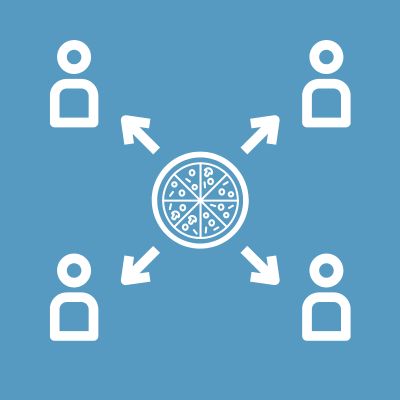
Real vs. Nominal GDP
Explain the difference between real and nominal GDP.
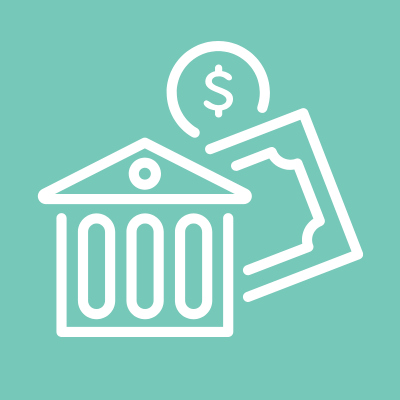
Monetary Policy Explained
Learn about the role of the central bank in achieving economic goals.

Regional Banks Explained
Learn how the Federal Reserve's decentralized structure forms a "big picture" view of the U.S. economy.

The Central Bank Explained
Learn about the origins, structure, and functions of the U.S. central bank.

The Unemployment Rate Explained
Learn about the indicators the Federal Reserve uses to help it achieve its monetary policy goals.

Good Versus Bad Standards Explained
Learn how monetary policy achieves the Fed's economic goals.

The Payments System Explained
Learn how the Fed keeps our monetary circulatory system healthy.
{{resourceTitle}}
{{resourceBlurb}}